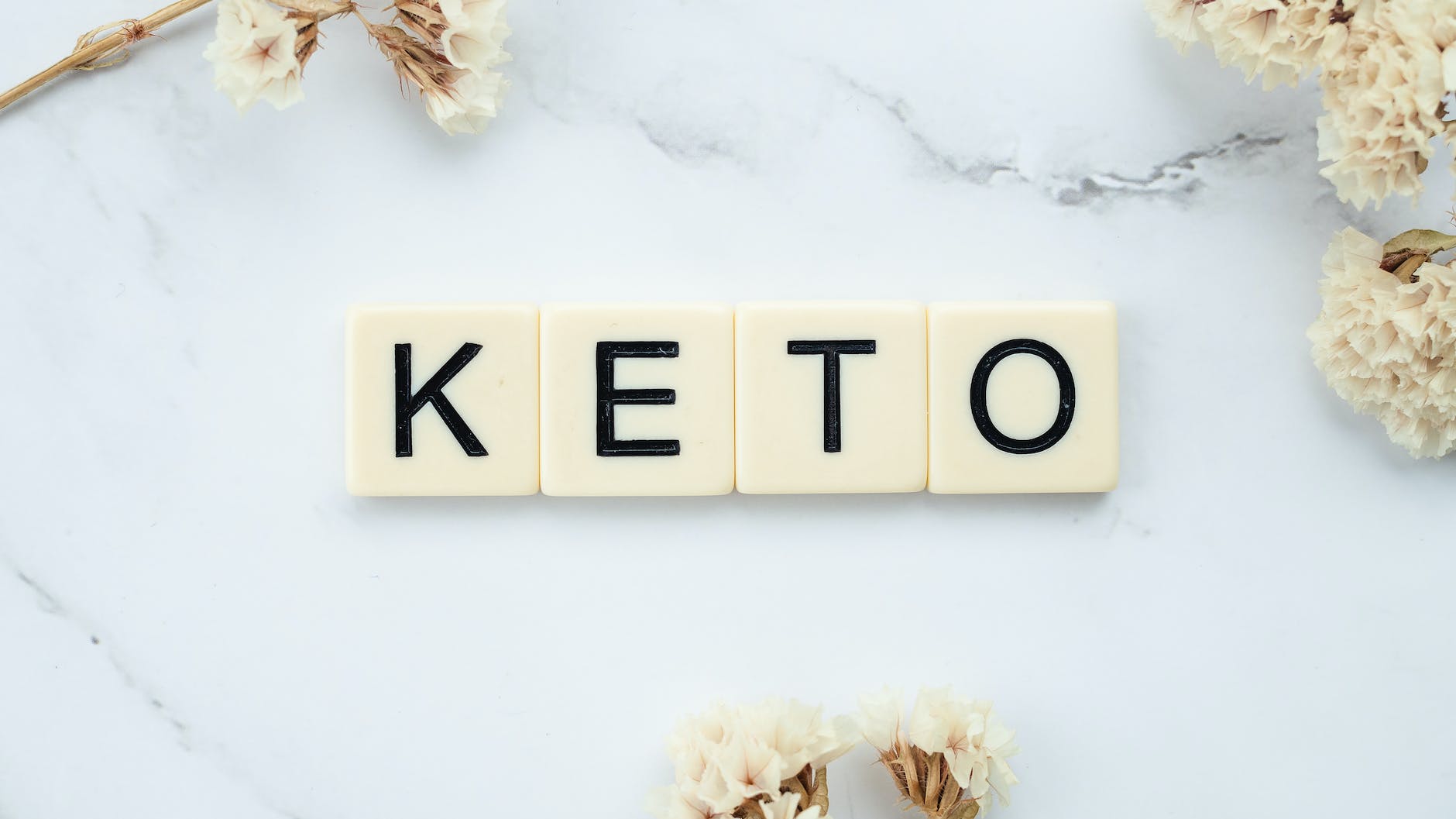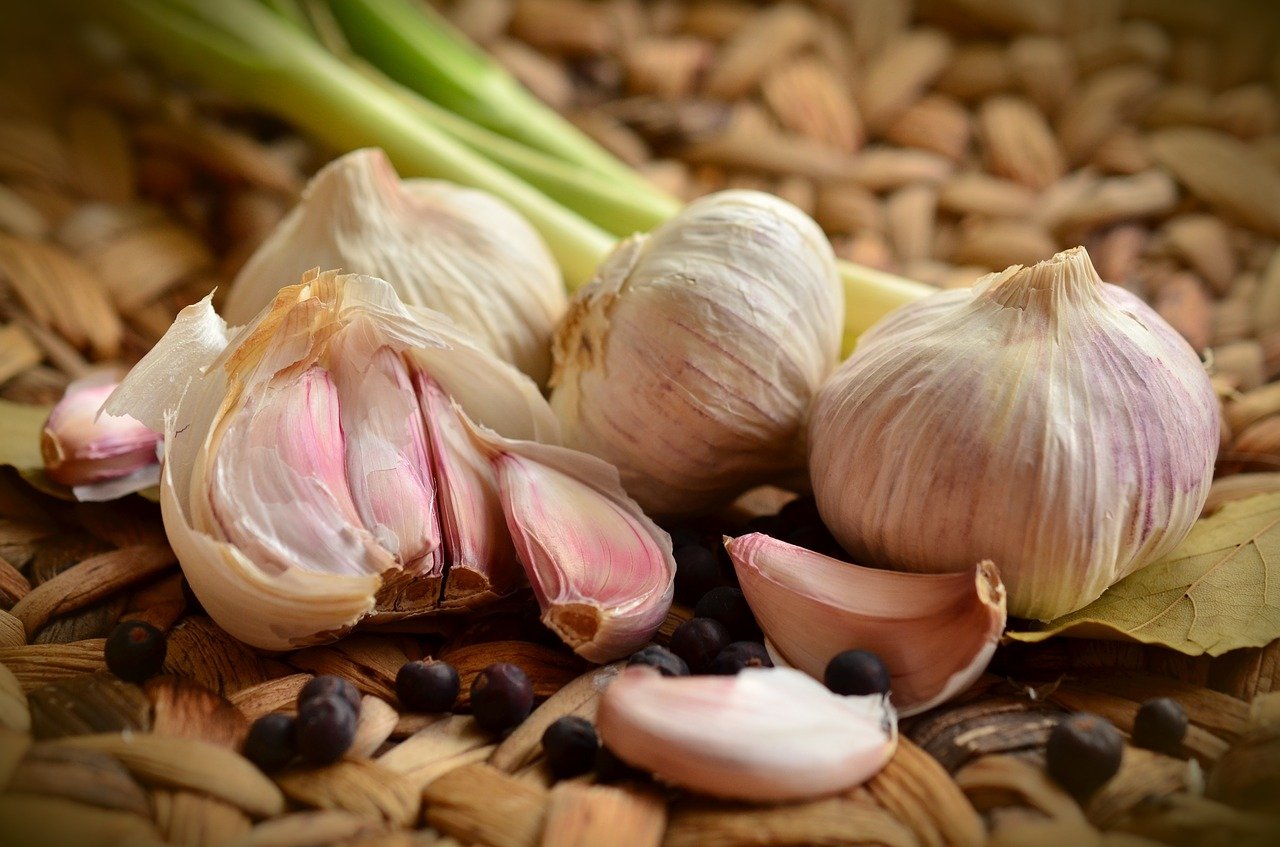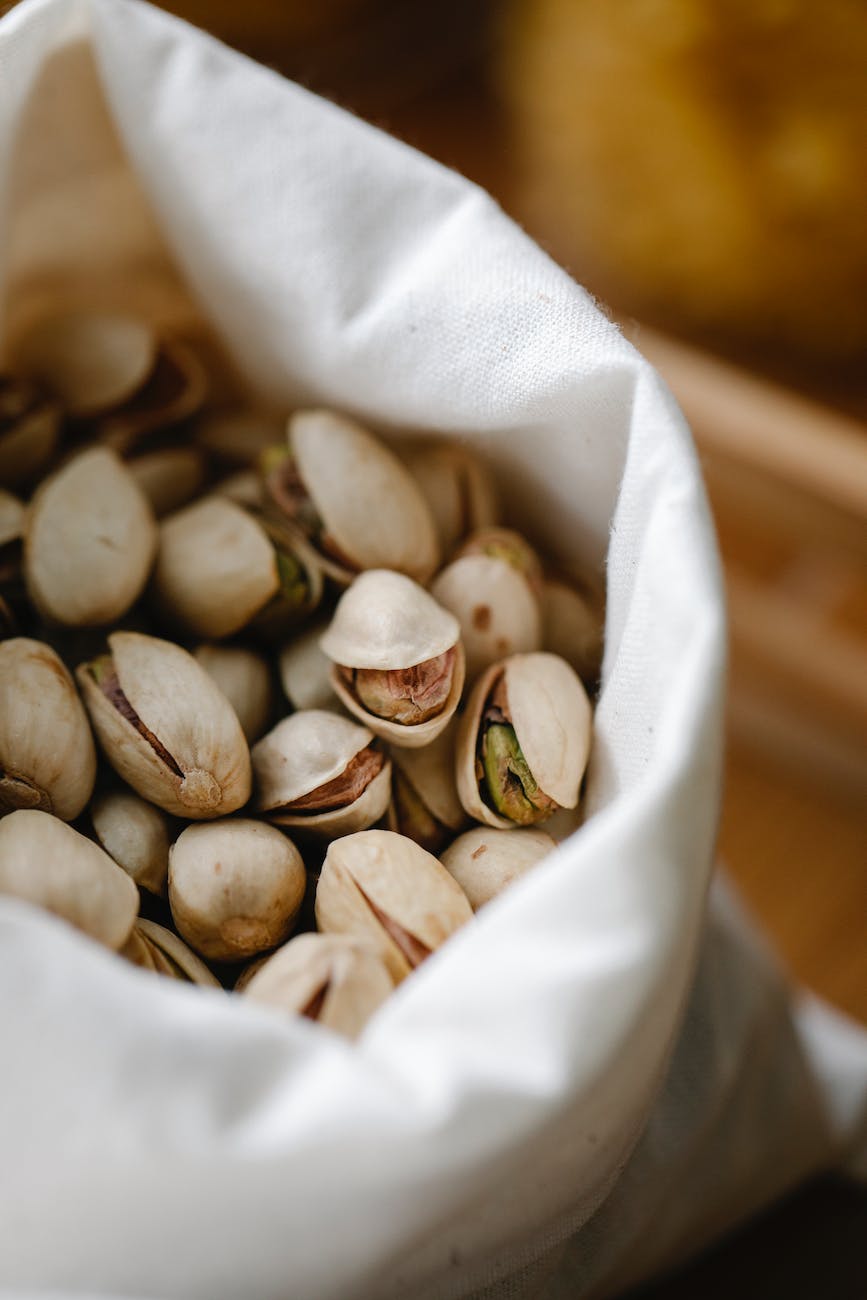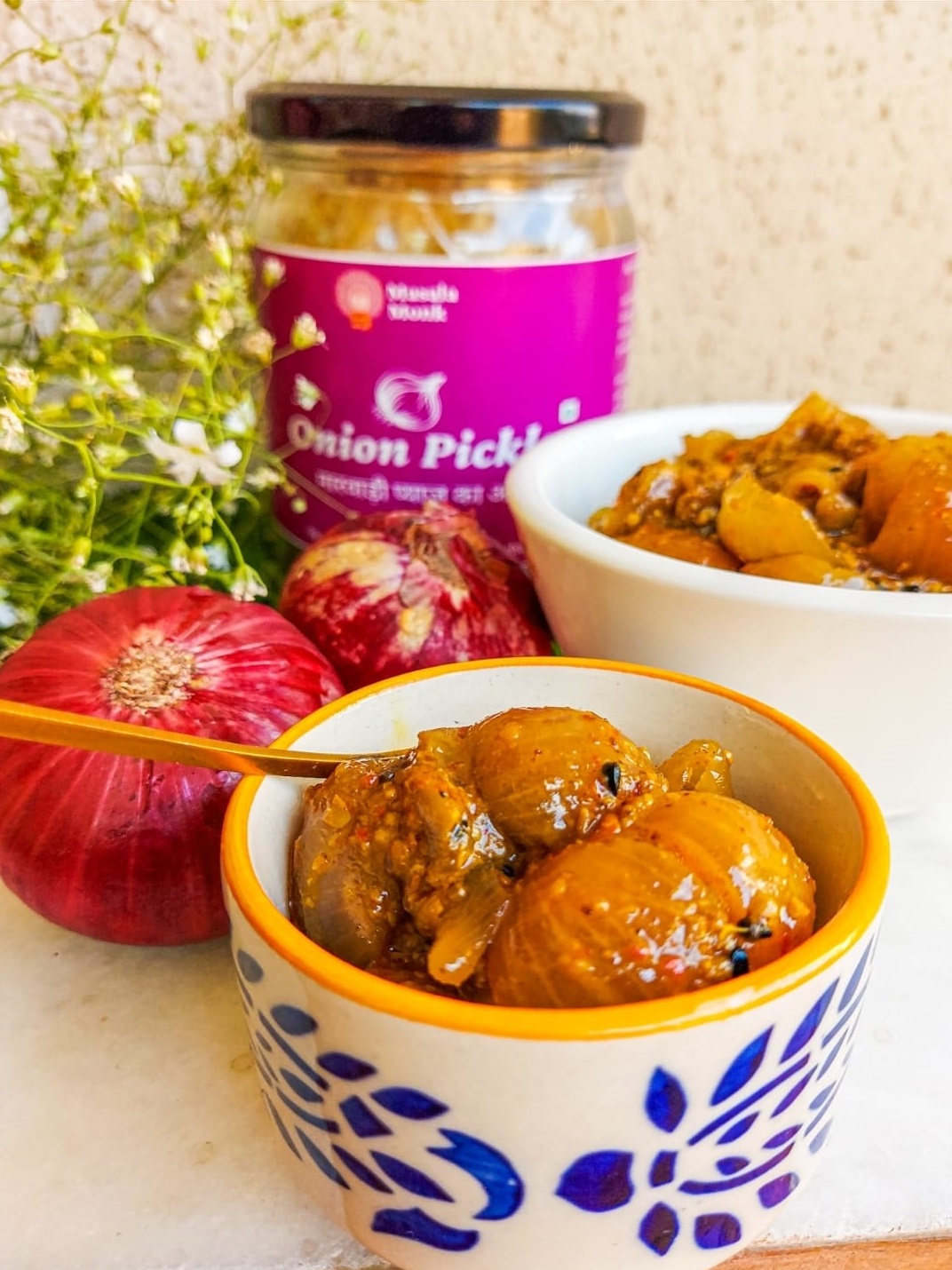
When it comes to the ketogenic diet, not all nuts are created equal. Some are high in carbs, which can throw you out of ketosis, while others are low in carbs and high in healthy fats, making them a perfect fit for a keto lifestyle. One such nut that fits the latter category is the walnut. But what makes walnuts so keto-friendly? Let’s dive in and explore! 🕵️♀️
Nutritional Profile of Walnuts
Walnuts are a nutritional powerhouse. An average 1-oz serving, which is about 14 walnut halves, has only 1.9 g of net carbs. The same serving also has a generous 18.5 g fat and 4.3 g protein. In other words, their macros ratio is keto-compliant.
Not only are walnuts low in carbs, but they are also high in healthy fats, specifically polyunsaturated fats and monounsaturated fats. These types of fats are heart-healthy and can help lower bad cholesterol levels.
Health Benefits of Walnuts
Walnuts are not just keto-friendly; they are also packed with numerous health benefits. Here are some reasons why you should include walnuts in your keto diet:
- High in Antioxidants: Did you know that walnuts have more antioxidants than any other nut? Walnuts are rich in vitamin E, a powerful antioxidant that can help protect your cells from damage.
- Rich in Omega-3 Fatty Acids: Walnuts are an excellent source of alpha-linolenic acid (ALA), a type of plant-based omega-3 fatty acid. Omega-3 fatty acids are essential for brain health.
- Supports Weight Loss: While walnuts are high in calories, they are also quite filling, which can help reduce your overall calorie intake.
- Promotes Gut Health: Some studies suggest that eating walnuts may support the health of your gut by increasing the diversity and amount of good bacteria.
- Supports Brain Health: The high levels of DHA, a type of Omega-3 fatty acid in walnuts, have been linked to improved cognitive performance in adults and brain health in newborns.
Step into a walnut wonderland as we explore the versatile and nutritious world of walnuts in your keto meal replacement shakes. Walnuts are not only a delicious snack but also a powerhouse of nutrients, making them an excellent addition to your keto diet. In this post, we’ll share five wholesome keto meal replacement shake recipes that showcase the goodness of walnuts. Get ready to embark on a journey of nutty delight! 🥤✨
Why Walnuts for Keto Meal Replacement Shakes?
Walnuts offer a wide range of health benefits, making them a fantastic choice for your keto meal replacement shakes. Here’s why walnuts should be your go-to nut:
- Healthy Fats: Walnuts are rich in heart-healthy monounsaturated fats, including omega-3 fatty acids. These fats support brain health, reduce inflammation, and help maintain a healthy weight on the keto diet.
- Fiber-Rich: Walnuts are a good source of dietary fiber, which aids digestion, promotes satiety, and helps stabilize blood sugar levels. Incorporating walnuts into your meal replacement shakes adds a dose of fiber for optimal gut health.
- Antioxidant Power: Walnuts are packed with antioxidants, such as polyphenols and vitamin E, which combat oxidative stress and protect against chronic diseases. Including walnuts in your shakes provides a natural boost of antioxidants for overall well-being.
- Nutrient-Dense: Walnuts contain essential nutrients like magnesium, copper, and manganese. These micronutrients contribute to energy production, bone health, and immune function, supporting your overall health while on a keto diet.
5 Wholesome Keto Meal Replacement Shakes with Walnut Goodness
- Classic Walnut-Banana: Blend walnuts, unsweetened almond milk, a ripe banana, a scoop of vanilla protein powder, and a sprinkle of cinnamon. This classic combination offers a creamy and comforting shake with a hint of natural sweetness.
- Chocolate Walnut Dream: Combine walnuts, unsweetened coconut milk, cocoa powder, a scoop of chocolate protein powder, a tablespoon of almond butter, and a touch of your preferred keto-friendly sweetener. Indulge in the rich and chocolatey goodness while reaping the benefits of walnuts.
- Walnut-Coffee Delight: Blend walnuts, unsweetened almond milk, a scoop of vanilla protein powder, a shot of espresso or strong brewed coffee, and a drizzle of sugar-free sweetener. This energizing shake combines the robust flavors of coffee and walnuts for a delightful pick-me-up.
- Maple Pecan-Walnut Twist: Combine walnuts, unsweetened coconut milk, a scoop of vanilla protein powder, a teaspoon of sugar-free maple syrup, a sprinkle of pecans, and a dash of cinnamon. This shake replicates the flavors of a comforting maple pecan treat while keeping you in ketosis.
- Berry Walnut Blast: Blend walnuts, unsweetened almond milk, a handful of mixed berries, a scoop of vanilla protein powder, and a squeeze of lemon juice. This refreshing shake offers a burst of fruity flavors combined with the crunch of walnuts for a delightful texture.
Enjoying Your Walnut Wonderland Keto Meal Replacement Shakes
- Customize to Your Macros: Adjust the ingredients and quantities of the shakes to fit your specific macronutrient needs and taste preferences. Increase or decrease the amount of walnuts or protein powder to align with your keto goals.
- Boost with Superfoods: Enhance the nutritional profile of your shakes by adding a sprinkle of chia seeds, a teaspoon of flaxseed meal, or a handful of spinach. These superfood additions provide extra fiber, omega-3 fatty acids, and antioxidants.
- Experiment with Spices: Add a pinch of nutmeg, a dash of vanilla extract, or a hint of ginger to your walnut shakes for an extra flavor dimension. Spices can elevate the taste and provide additional health benefits.
- Savor the Texture: Embrace the natural crunch of walnuts by reserving a few to sprinkle on top of your shakes. The added texture enhances the overall enjoyment and brings out the true walnut experience.
Immerse yourself in the walnut wonderland and relish the goodness these nutritious nuts offer. Let your taste buds dance with joy as you indulge in these wholesome keto meal replacement shakes!
Conclusion 🎯
Incorporating walnuts into your keto diet can provide you with essential nutrients while keeping your carb intake low. They are versatile and can be added to various dishes, from salads to desserts. So, go ahead and enjoy the nutty goodness of walnuts on your keto journey!
FAQs 🙋♀️
Q: Are walnuts keto-friendly? A: Yes, walnuts are keto-friendly due to their low carb and high fat content.
Q: Can I use walnuts in my keto recipes? A: Absolutely! Walnuts can be used in a variety of keto recipes, including salads, desserts, and meal replacement shakes.
Q: Can walnuts help with weight loss? A: Yes, the high fiber content in walnuts can keep you feeling full for longer, thereby aiding in weight loss.
Q: Can I eat walnuts as a snack on a keto diet? A: Yes, you can enjoy a handful of walnuts as a snack on a keto diet.
Q: What nutrients do walnuts provide? A: Walnuts are rich in antioxidants, omega-3 fats, protein, vitamins, minerals, and fiber.
Share your favorite walnut-inspired keto meal replacement shake or any tips for incorporating walnuts into your meals in the comments below. Let’s inspire each other on this keto journey! 🌰🥤
Tags: Keto Diet, Walnuts, Keto Recipes, Meal Replacement Shakes, Weight Loss, Nutrition, Healthy Fats, Low Carb Diet, Keto-Friendly Foods, Walnut Recipes, Keto Snacks, Keto Desserts, Keto Salads, Keto Shakes.














